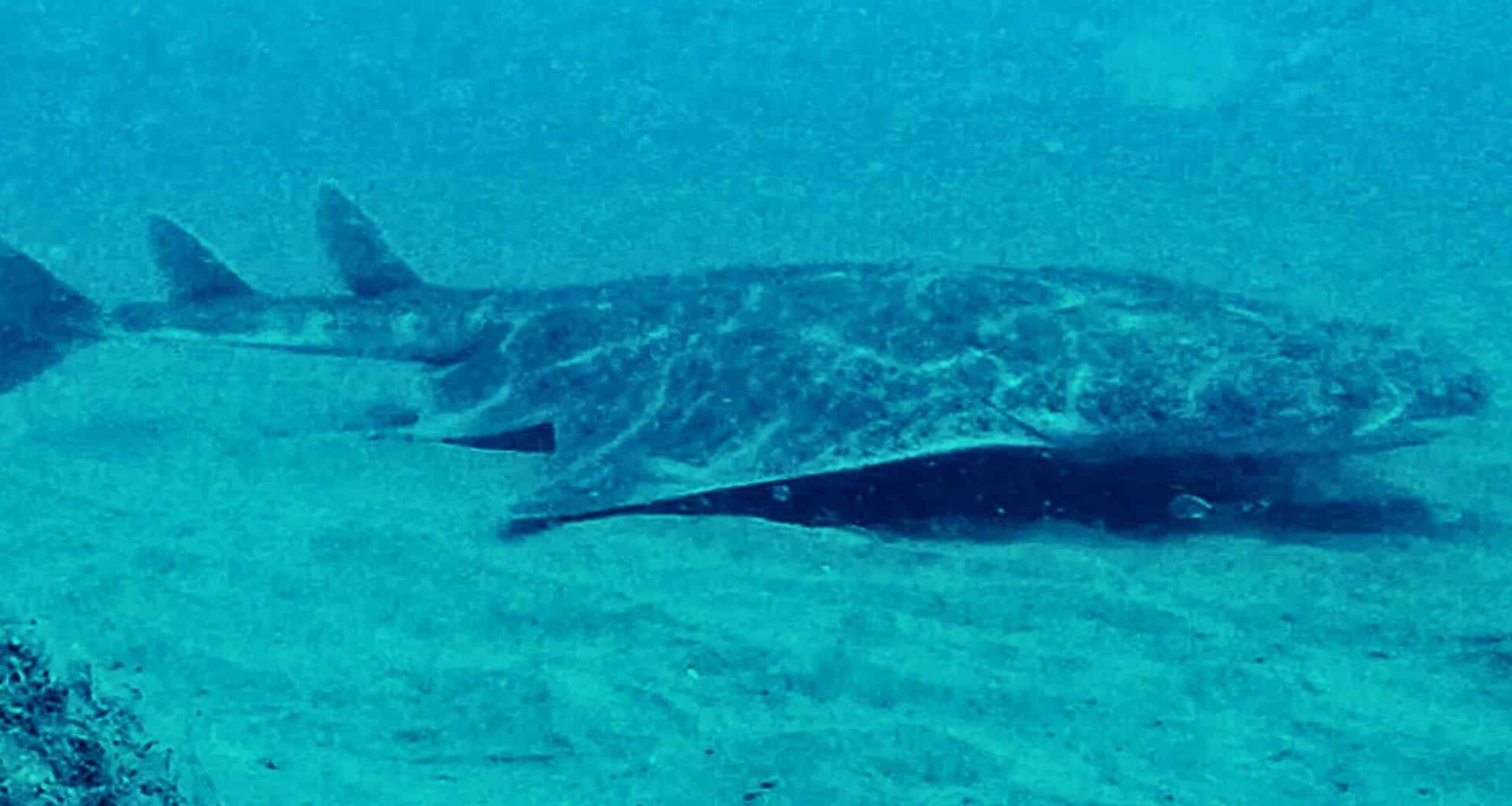A rare and unmistakable visitor has returned to Welsh waters: the angel shark (Squatina squatina). Footage captured by the Wildlife Trust of South and West Wales (WTSWW) in Cardigan Bay this summer is the first confirmed sighting since 2021. The video, gathered through ongoing biodiversity monitoring, offers concrete evidence that this critically endangered species hasn’t vanished from the UK coast. With policymakers currently weighing new marine protections, the timing of this discovery couldn’t be more significant.
What Makes the Angel Shark’s Return Matter
This encounter isn’t simply a matter of luck; it’s the payoff from years of methodical fieldwork and technology. Underwater cameras and tracking projects led by the WTSWW are designed to capture elusive moments like this, helping researchers build a clearer picture of marine life trends in Cardigan Bay. Sarah Perry, who leads marine research for the Trust, called the sighting “rare and exciting,” a sentiment echoed throughout the conservation community.
According to the IUCN Red List, the angel shark is classified as “critically endangered,” primarily due to habitat destruction and unintentional capture in commercial fisheries. Bottom trawling—a fishing method that drags heavy nets along the sea floor—has been particularly damaging, scouring habitats and removing much of what marine species like the angel shark need to survive.

Reports from the UK Parliament’s Environmental Audit Committee back this up, highlighting that even in regions designated as protected, destructive fishing can persist and undermine conservation goals.
The Angel Shark’s Quiet Vulnerability
Unlike more iconic or wide-ranging shark species, the angel shark is a specialist. Its flattened body and sandy camouflage allow it to lie hidden on the ocean floor, waiting patiently for prey. While this ambush strategy makes it a highly effective predator, it also leaves the species exposed to sweeping threats like trawling and habitat loss.
The biology of the angel shark doesn’t help matters either—slow reproductive rates and low offspring numbers mean recovery is a slow process. Historical data from the Zoological Society of London show population declines of over 80% across the eastern Atlantic and Mediterranean.
In places where protections have teeth, like the Canary Islands, angel sharks have begun to recover, but most of their former range remains perilous. Despite the existence of over 130 marine protected areas in Wales, loopholes allowing destructive activities still put the species at risk.
Calls for Stronger Marine Protections Grow Louder
The recent sighting has reignited debate over how marine protections are enforced. While the Welsh Parliament and UK government are both considering stronger bans on bottom trawling in sensitive habitats, the process isn’t simple. Conservation groups, including The Wildlife Trusts, argue that meaningful recovery depends on fully closing loopholes that let industrial fishing and seabed mining continue in “protected” zones.
Policymakers are now under increasing public and scientific pressure to act. Sarah Perry put it plainly: “This observation comes at a crucial moment.” Across the country, examples from better-protected waters abroad serve as case studies for how to translate policy into real-world change, offering both ecological and economic benefits when carefully managed.

